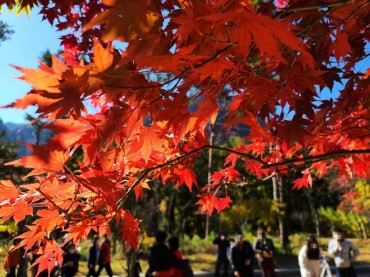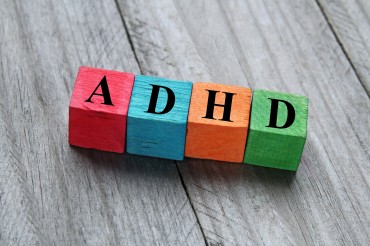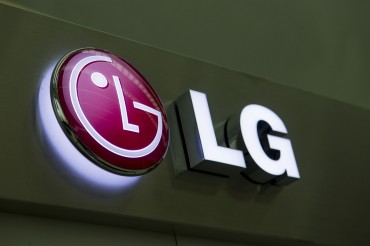SEOUL, Sep. 9 (Korea Bizwire) – The Korea Cultural Heritage Foundation, in partnership with the Cultural Heritage Administration, will start selling tickets to the “Royal Ancestral Ritual in the Jongmyo Shrine and its Music” from Interpark beginning at 2 pm on September 12. Scheduled to be held for one hour from 8 pm for three days between the 26th and 28th, the night concert will focus on the music and dance rather than the Confucian ritual.
Unlike the original ritual performance that faces the main call, called Jeongjeon, with the performers’ backs facing the audience, the latest concert will be more audience friendly in that the performers dance to the side of the audience.
The tickets will be sold a total of 2,400 seats for three days. Up to four tickets may be purchased by each online buyer. Ticket price is 10,000 won, with veterans and the handicapped offered a 50 percent discount. The Jongmyo Shrine is 5 minute walk from Jongro 3-ga subway station.
The royal ancestral ritual music began in earnest in the early 15th century when King Sejong ordered his people to compile ritual musical scores of Botaepyung and Jeongdaeup in 1424. In the 10th year of King Sejo (1464), they were revised into 11 musical scores each. As it is a rare extant form of musical score used for royal ancestral ritual in East Asia, it was designated as an intangible cultural property in 1964 by the Korean government. It was then named by the UNESCO as an intangible heritage of humanity in 2001.

The royal ancestral ritual music began in earnest in the early 15th century when King Sejong ordered his people to compile ritual musical scores of Botaepyung and Jeongdaeup in 1424.(image:The Korea Cultural Heritage Foundation)
Jongmyo is a Confucian shrine dedicated to the perpetuation of memorial services for the deceased kings and queens of the Korean Joseon Dynasty (1392–1897). According to UNESCO, the shrine is the oldest royal Confucian shrine preserved and the ritual ceremonies continue a tradition established in the 14th century. Such shrines existed during the Three Kingdoms of Korea period (57-668), but these have not survived. The Jongmyo Shrine was added to the UNESCO World Heritage list in 1995. Jongmyo is adjacent to Changdeokgung and Changgyeonggung in the south. They used to be connected in the Joseon period, but were separated by a road built by Japanese colonialists. Nowadays there is a construction plan to recover the original structure of the shrine. The main buildings of Jongmyo was constructed in October, 1394 when Taejo, first king of Joseon Dynasty, moved the capital to Seoul. It was destroyed by fire in the Japanese invasions of Korea (1592–98), then rebuilt in 1608. (Wikipedia)
By Sean Chung (schung10@koreabizwire.com)






